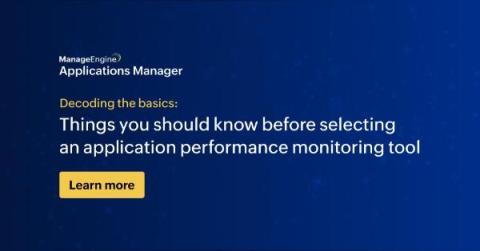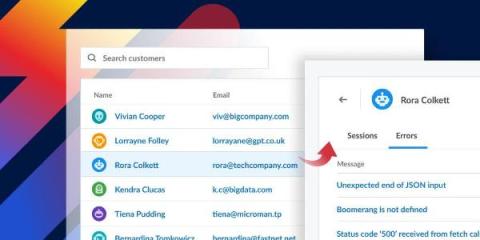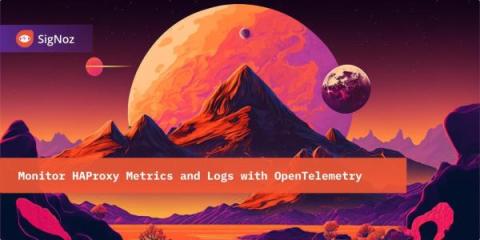Operations | Monitoring | ITSM | DevOps | Cloud
Latest News
Key considerations when choosing the right application performance monitoring tool for your business
Three Pillars of Observability [And Beyond]
3 secure ways to handle user data in Raygun
Detecting PowerShell Exploitation
In today’s digital landscape, cybersecurity is a top priority for organizations. Hackers are continuously finding new ways to exploit vulnerabilities and compromise systems. PowerShell, a powerful scripting language and automation framework developed by Microsoft, has unfortunately become a favored tool among attackers due to its capability to run.NET code and execute dynamic code downloaded from another system (or the internet) and execute it in memory without ever touching disk.
Rethinking APM with Logz.io App 360
As we continue to navigate the ongoing evolution of the observability landscape, Logz.io is constantly striving to provide our customers with the advanced platform capabilities needed to make sense of their increasingly complex environments. Sometimes that means taking a new approach to long-standing practices.
5 Ways AIOps Monitoring Benefits EUC Environments
The adoption of AIOps monitoring technologies has been somewhat slower in EUC than many other areas of IT. The legacy VDI and DaaS vendor tools set expectations low for many. It is still relatively common for us to come across potential customers who are using legacy tools and manually exporting 6 months of data into an excel spreadsheet to try and work out average and peak usage of resources such as CPU to then manually calculate alert thresholds.
Using OpenTelemetry Collector Loki Receiver to Send Logs to SigNoz [Code Tutorial]
Monitor HAProxy Metrics and Logs with OpenTelemetry [Step By Step Guide]
Is your Java Observability tool Lambda Expressions aware?
Most SREs and IT Ops manage Java applications without source code access or communication with AppDev teams. When applications have performance issues those SREs or IT Ops teams deploying and maintaining the infrastructure often have to prove that it is the application at fault and supply information to the app supplier which provides evidence of the issue.











